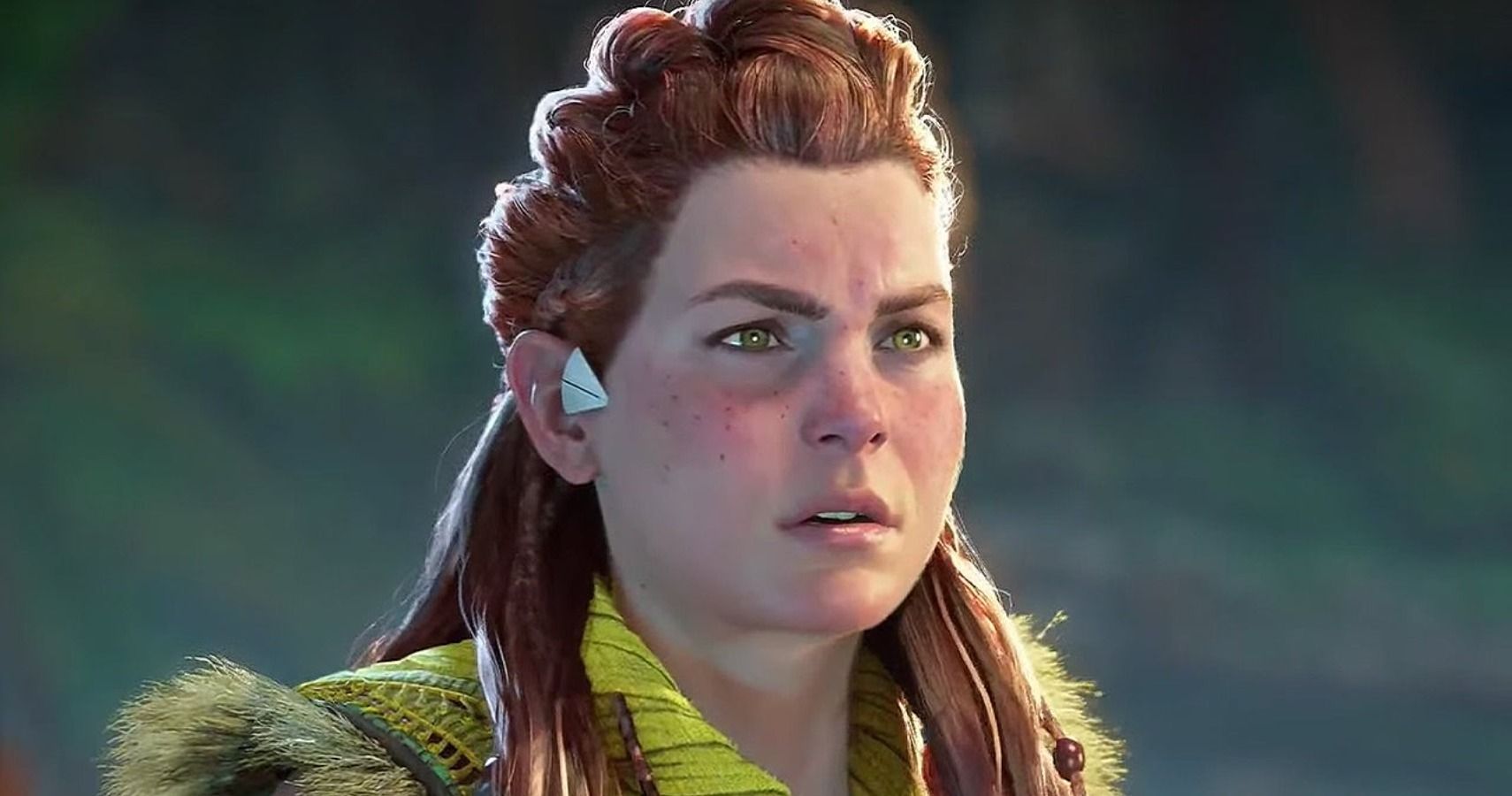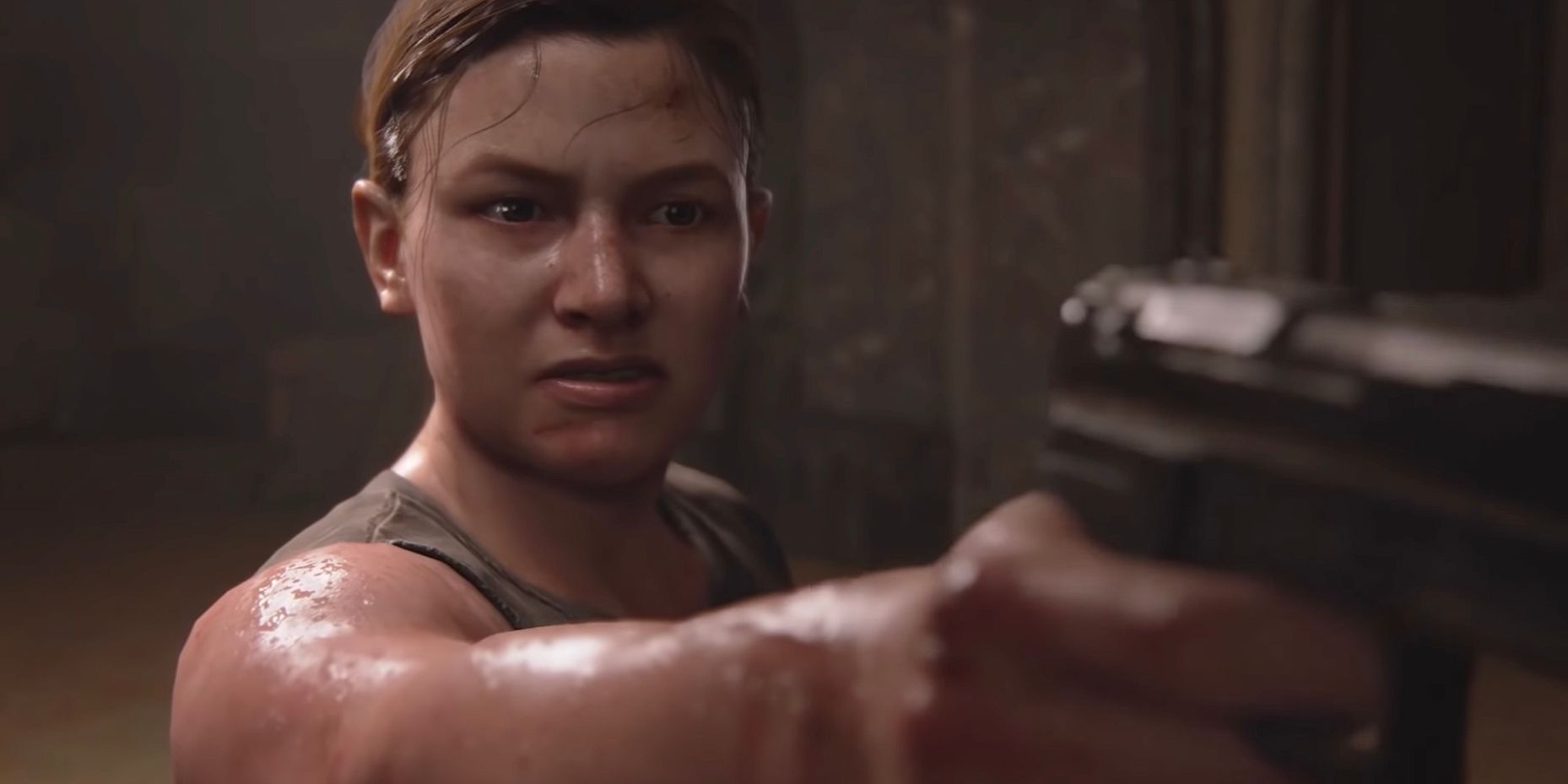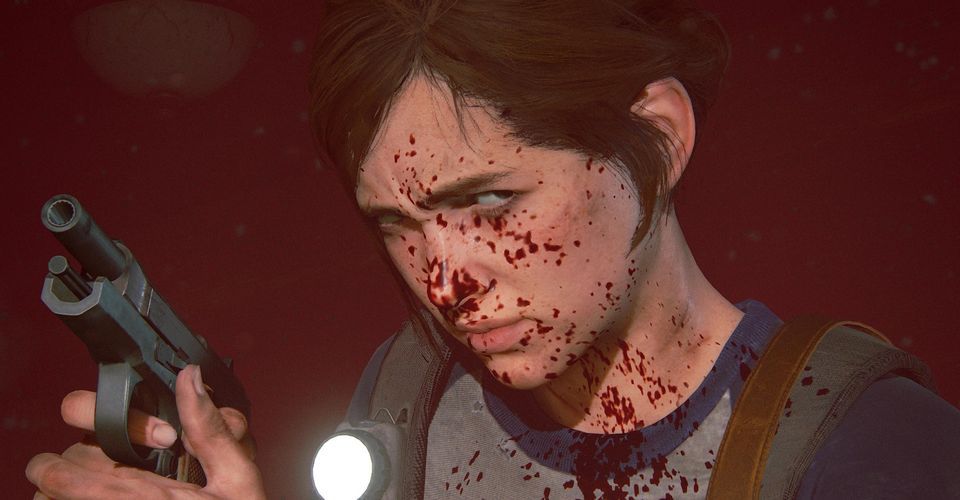Over the last weekend, you might have seen a viral tweet complaining about how Aloy looks in Horizon Forbidden West. If you haven’t, I deeply envy you and your ability to fully disconnect from the internet. Basically, the tweet stated that Aloy looks bad in the gameplay footage we’ve seen, and if she looked more like an Instagram model using a Snapchat filter, that would be good. Yes, I am using monosyllabic words to highlight the level of the argument on display here.
I want to clarify that I understand it’s not my job to write about bad tweets. Even if I limited that exclusively to bad tweets about upcoming video games that go viral, I would literally never be able to stop. Twitter is the place mothers in the seventh circle of Hell tell their children about to strike fear into their hearts. I promise I did not just see the bad tweet and decide to write about it. Instead, I’m writing more about the general sentiment around Aloy, and around women in gaming in general.
The bad tweet was not the only bad tweet about Aloy, and even prior to that various subreddits and fan communities were up in arms about Aloy’s design, mainly complaining about her red skin, puffy cheeks, and more worn out appearance. I will admit that this hasn’t been helped by some people arguing that there’s actually no difference, or that it’s just because of the shift from PS4 to PS5. No, Aloy clearly looks different. But she’s a ginger white girl, one who has spent her entire life in Utah and Colorado, who suddenly finds herself in the height of the California heat in an age without suncream – she’s sunburnt. Of course she looks red and blotchy, she’s not used to this heat. Her home state has some dry ranges, but that’s nothing compared to Death Valley.
That there’s a clear, in-game explanation for the reason Aloy’s looks have changed slightly is besides the point. The much bigger problem is this insistence on realism, but only against certain characters. Aloy was never designed to be a sex symbol, and this slight tweak to her appearance only reaffirms it. Aloy is often compared to Lara Croft – although I’ve explained before why I think that’s off base – but you’d never catch Lara with sunburn. While Lara’s design has been desexualised, she’s still designed to be visually appealing. That’s actually a pretty good acid test; if you can imagine a female character with sunburn, they probably weren’t designed for sex appeal. Aerith is more likely to be sunburnt than Tifa in Final Fantasy 7. Jack is more likely than Miranda in Mass Effect. Aloy, as we’ve seen, is more likely than Lara.
It’s pretty easy to imagine Ellie and Abby from The Last of Us with sunburn too, and they’re a huge part of the wider problem that certain sections of the gamers continue to insist that realism is key, except for when it doesn’t matter.
Ellie and Abby went through a similar bad tweet cycle around this time last year. Abby was criticised for her unrealistic muscles, despite the fact she was based on an actual body model in Colleen Fotsch. She lives in a military compound with a gym next door to her bedroom and she has buried herself in her training since her father died at Joel’s hands. Much like Aloy’s sunburn, there is a very obvious explanation, but that doesn’t stop the complaints – because they were never about realism. It’s about the fact that gaming used to be for boys and now it’s not so I’m mad. The bad Aloy tweet summed this up – women should always look beautiful because they are there to be looked at. The suggestion that studios should “hire fans” is particularly insidious because it suggests the real fans are these gamer bros and everyone else – including all the women who identify with Aloy – are fake.
The bad tweet might have been bait. It might have been a grift to go viral and gain more followers, for all the good that does you. I have no idea. I also don’t care. This isn’t an article about the bad tweet, remember, it’s about all the people who agree with it. It’s not all bait.
Ellie was on the opposite side of this realism debate. Aside from being a woman in a medium where male characters are still vastly dominant, Ellie is as generic as you can get. She wears baggy, dull denim, has mousey hair in a basic ponytail, and is a white girl of average height and average build. Aside from her tattoos and the covered up bite mark, Ellie has no real distinguishing features. She’s just a woman. She’s as realistic as it gets.
But then, some were unhappy that she was too realistic. Her figure was too wiry, too lacking in curves. When your ideal video game heroine is ’90s era Tifa and Tomb Raider, Ellie and her loose clothing and flatter chest seem like a deliberate protest against gender in gaming, when all she is is a realistic woman. These complaints against realism never seem to arise when a character is oversexualised, only when they’re undersexualised, which underscores what these debates are really about.
Personally, I don’t think all video games need realistic designs. Games that objectify women and women alone, that punch down and stereotype, or that make women the butt of the joke to appease the traditionally male gamer base can get in the bin, but I have no qualms about video game characters being sexy. Tae Takemi and Metaverse Sae Niijima both have sexualised designs that fit their character in Persona 5. Tae appears to be a pederast, but that’s a whole other issue. Ann Takamaki, the victim of grooming and implied sexual assault, is also sexualised in the game, and that’s more troubling. It’s all about context. Aloy, Ellie, and Abby work in their contexts. So do Tifa, Miranda, and Sae. ‘Realism’ is increasingly being used as a synonym for ‘I don’t like how this woman looks’ – it’s a side effect of positive change, with a much greater range of female characters in gaming now than there was even a decade ago, but it’s much more than just a bad tweet. It’s an attempt to gatekeep the sorts of characters in gaming, and the types of players who feel welcome. Thankfully, it isn’t going to work.
Source: Read Full Article


